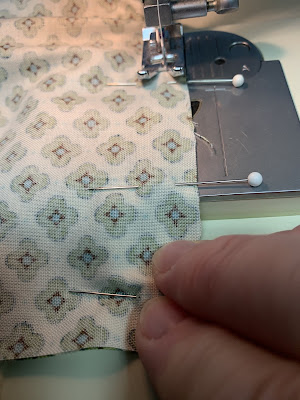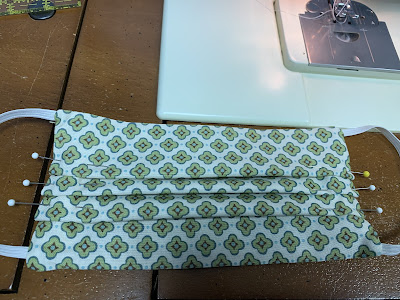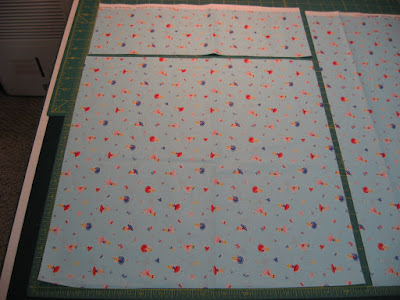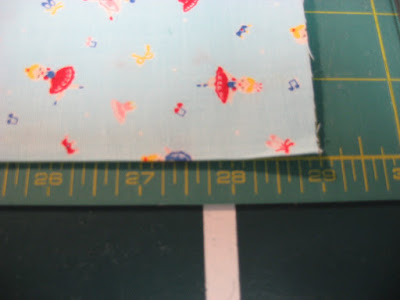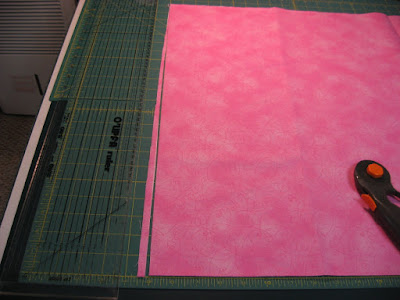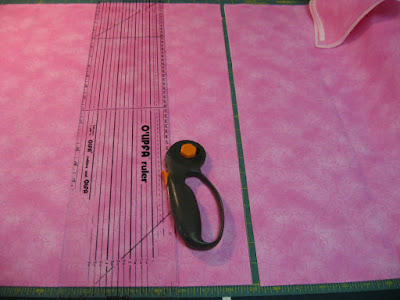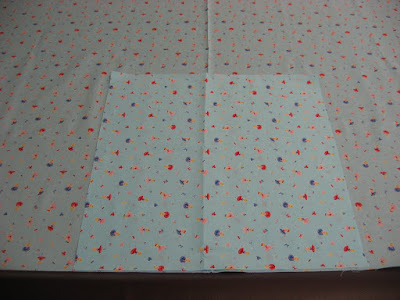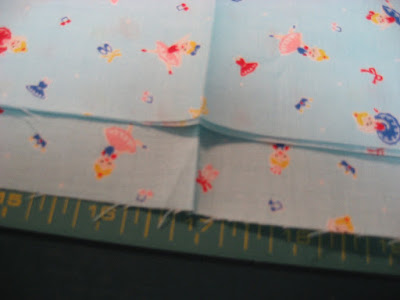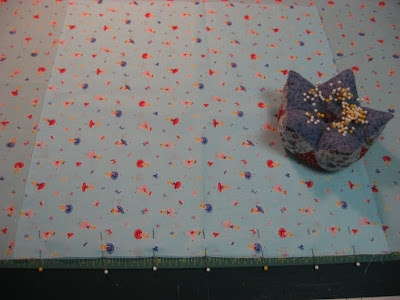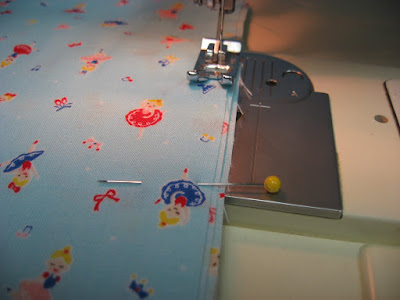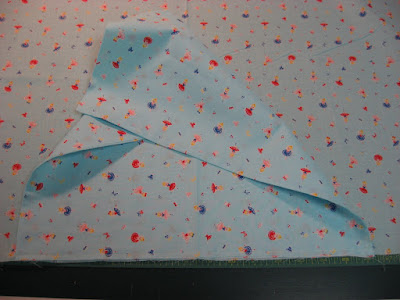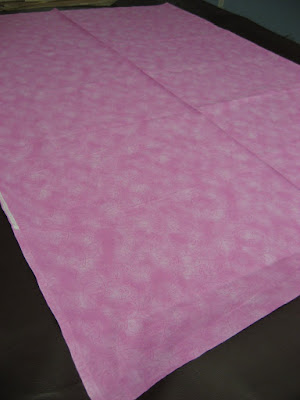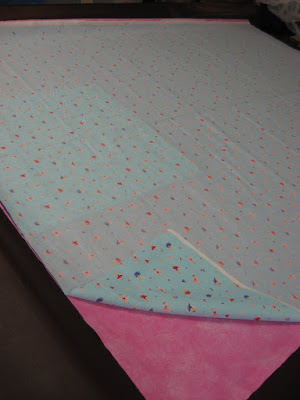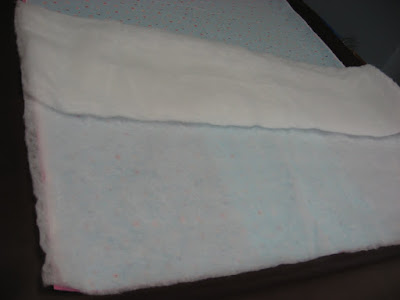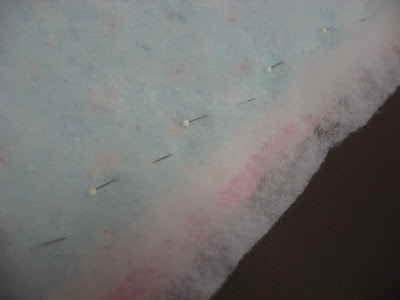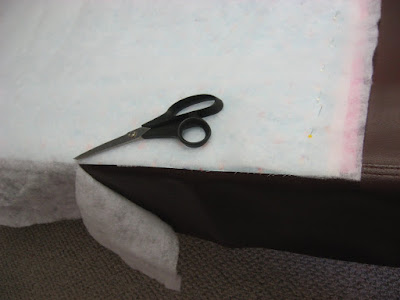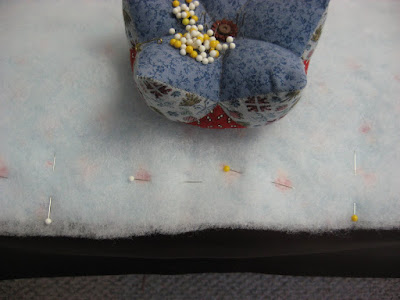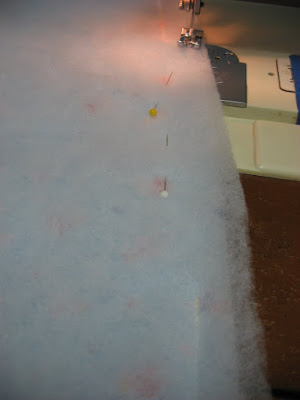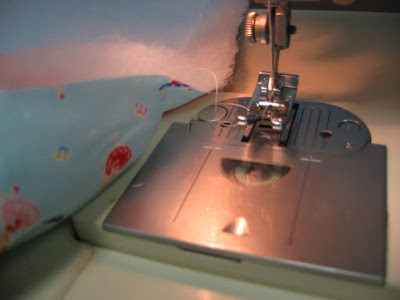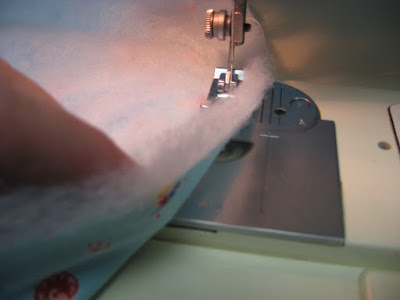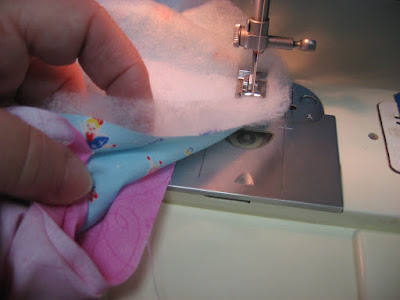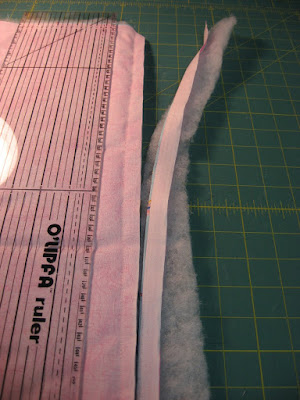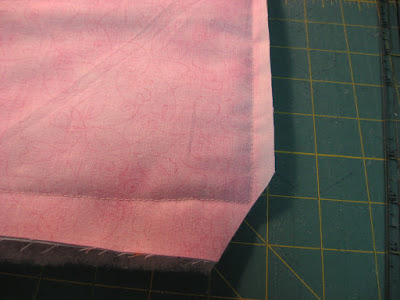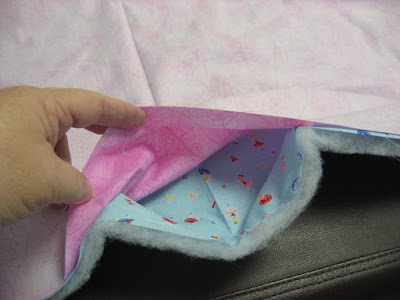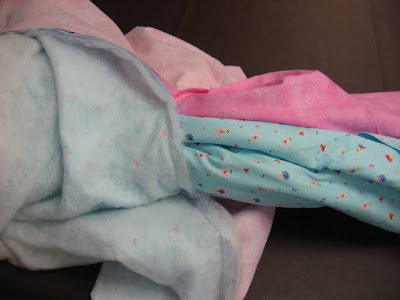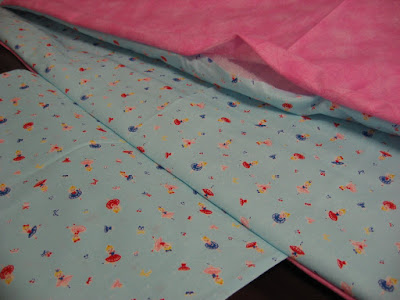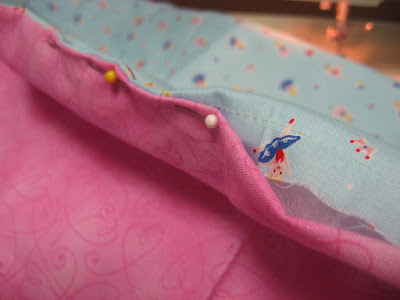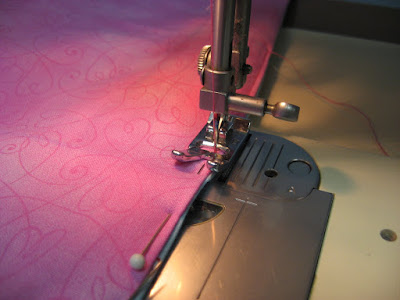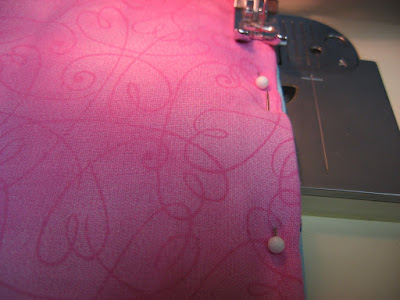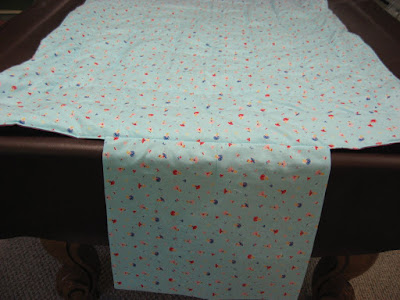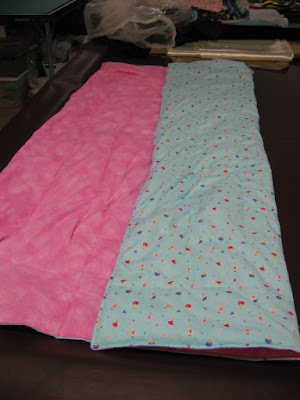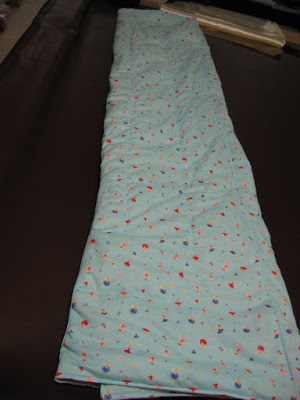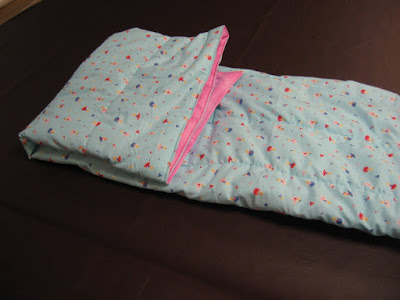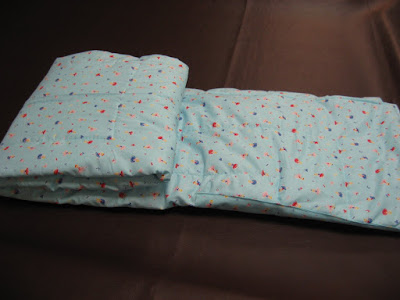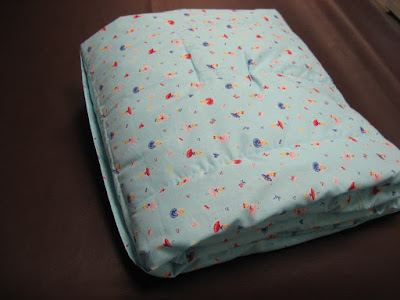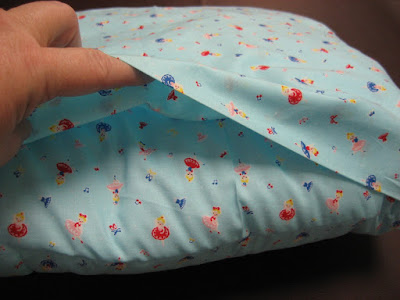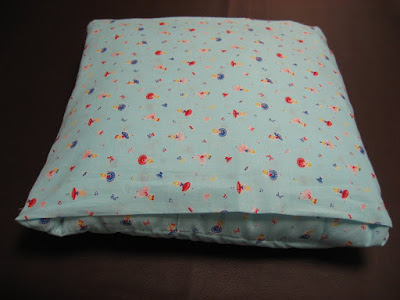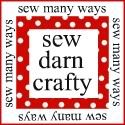A few people have asked me to share how I make homemade fabric surgical type masks, so today I will share a picture tutorial for a very easy version of how to make a mask.
Materials:
2 pieces of 100% cotton fabric, 8 inches by 7 inches, fits average adult, but if you have a bigger or smaller head, adjust accordingly. Also I've been hearing that those who are wearing these masks like them made with two different fabrics so they know which side is on the face and which side is exposed. Good idea, I would say.
13 inches of 1/4 inch elastic for hooking to ears, but if you plan to hook to pony tails or buns, or to buttons on a headband, you might want to make the elastic a little longer. I have also seen where some people are hooking the elastic together with a large paperclip at the back of their head. This saves the skin on the back of the ears from breakdown.
That's it for materials, just two pieces of fabric and a length of elastic cut in half. A sewing machine with heavy duty or denim needle, pins, a ruler and iron are useful tools as well. Let's get started!
Cut your fabric of choice into two rectangles. For my mask, I used fabric cut to 8 inches by 7 inches. The 8 inch side goes across the face and the 7 inch dimension goes from under chin to over the nose. Make any adjustments to your own measurements as needed.
Cut your elastic in half so you have two pieces about 6 1/2 inches long each. That's the size I used for mine. Again, depending on how you plan to wear your mask, or how big your head is, make adjustments accordingly. Pin one end of each elastic piece about 3/8 inch below the top of the 7 inch side of fabric as shown. Be sure you are pinning elastic to the right side of the fabric.
Bring the other end of each elastic to the bottom of the 7 inch side and pin in place about 3/8 inch from the bottom edge as shown.
Now place the other piece of fabric onto the piece with the elastic pinned to it, right sides together. Line up corners and re-pin. The 8 inch sides should match and lie flat, but the 7 inch sides will not lie flat because the elastic is shorter than the fabric on each side.
Pin both layers of fabric together all around with raw edges even, as shown.
Stitch around the mask with a 1/4 inch seam allowance, starting about two inches from a corner on an 8 inch side with a few backstitches...
...pivoting at corners and adjusting the fabric along the 7 inch side so it stays together. Remember the elastic is shorter than the fabric so you have to sew a little, then adjust and sew some more to accommodate the shorter elastic. Once you do it, you will see what I mean.
Once you have sewn all around the rectangle, stop stitching about two inches from the last corner and back stitch a few stitches to lock your stitches, leaving an opening to turn the mask right side out.
Your mask should look something like this picture at this point.
Clip all four corners to reduce fabric bulk in the corners. Be careful not to cut the stitching!
Now turn the mask right side out through the opening that you left in the 8 inch side. Poke out the corners so they are sharp and press all edges. You can see now that the elastic comes out just below and above the corners on the 7 inch sides and the little opening is pressed neatly along with all the sides. Don't press the elastic or it might melt! You could ask me how I know, but I'd rather you didn't!
Now it's time to make the pleats in the sides between the elastics. Some people wing it and just pin three pleats on one side and three on the other. I prefer to measure and mark my pleats. You do what works for you, but here is how I do it. Starting from the bottom of the 7 inch side and using a ruler for a guide, place a pin at these marks: 1.5, 2.5, 3, 4, 4.5, 5.5 inches. This will give you three 1-inch spaces with a 1/2 inch space in between them.
Then do the same on the other side only starting from the top, because you need the markings to line up with each other from side to side so your pleats will be straight.
Bring the first two pins that are 1 inch apart together, making a pleat. The fold of the pleat should be right at the next pin marker. Pin this pleat in place.
Make the next two pleats in the same way, pinning them in place as you go.
This is what it should look like when you have all three pleats pinned.
Now you have pleats on one side and no pleats on the other side. Time to fix that!
Do the same with the other side, bringing the 1-inch spaced pins together, fold even with the next pin, pin pleat in place and move on until all three pleats are pinned. Make sure the folds are straight across the mask and the pleats are even.
Now it's time to stitch those pleats in place! This is where I like to have a heavy duty needle in my sewing machine since it is hard work going through all those layers of fabric where the pleats are.
Stitch around the entire edge of the mask, about 1/8 inch from the outside edge, pivoting at corners. If you like, you can go around a second time 1/8 inch in from first stitching to secure the pleats. This stitching will finish off the mask and close the opening where you turned the mask.
Ta Da! That's it! A homemade fabric mask!
I have made about 50 of these at the request of my oldest daughter for some of her friends who work in local hospitals and other essential facilities. Elastic is sold out everywhere now unfortunately. I did make a mask using ribbon instead of elastic, but I did not like how it turned out and how hard it was to get it secure on my head, so I abandoned that idea. There are lots of creative ideas out there for different ways to secure these masks to your face, so find a way that works for you and go for it. This tutorial can be adjusted for size and materials, but the basic construction method will be the same.
Happy Stitching!
 Click here to return to HookedOnNeedles.com
Click here to return to HookedOnNeedles.com
Materials:
2 pieces of 100% cotton fabric, 8 inches by 7 inches, fits average adult, but if you have a bigger or smaller head, adjust accordingly. Also I've been hearing that those who are wearing these masks like them made with two different fabrics so they know which side is on the face and which side is exposed. Good idea, I would say.
13 inches of 1/4 inch elastic for hooking to ears, but if you plan to hook to pony tails or buns, or to buttons on a headband, you might want to make the elastic a little longer. I have also seen where some people are hooking the elastic together with a large paperclip at the back of their head. This saves the skin on the back of the ears from breakdown.
That's it for materials, just two pieces of fabric and a length of elastic cut in half. A sewing machine with heavy duty or denim needle, pins, a ruler and iron are useful tools as well. Let's get started!
Cut your fabric of choice into two rectangles. For my mask, I used fabric cut to 8 inches by 7 inches. The 8 inch side goes across the face and the 7 inch dimension goes from under chin to over the nose. Make any adjustments to your own measurements as needed.
Cut your elastic in half so you have two pieces about 6 1/2 inches long each. That's the size I used for mine. Again, depending on how you plan to wear your mask, or how big your head is, make adjustments accordingly. Pin one end of each elastic piece about 3/8 inch below the top of the 7 inch side of fabric as shown. Be sure you are pinning elastic to the right side of the fabric.
Bring the other end of each elastic to the bottom of the 7 inch side and pin in place about 3/8 inch from the bottom edge as shown.
Now place the other piece of fabric onto the piece with the elastic pinned to it, right sides together. Line up corners and re-pin. The 8 inch sides should match and lie flat, but the 7 inch sides will not lie flat because the elastic is shorter than the fabric on each side.
Pin both layers of fabric together all around with raw edges even, as shown.
Stitch around the mask with a 1/4 inch seam allowance, starting about two inches from a corner on an 8 inch side with a few backstitches...
...pivoting at corners and adjusting the fabric along the 7 inch side so it stays together. Remember the elastic is shorter than the fabric so you have to sew a little, then adjust and sew some more to accommodate the shorter elastic. Once you do it, you will see what I mean.
Once you have sewn all around the rectangle, stop stitching about two inches from the last corner and back stitch a few stitches to lock your stitches, leaving an opening to turn the mask right side out.
Your mask should look something like this picture at this point.
Clip all four corners to reduce fabric bulk in the corners. Be careful not to cut the stitching!
Now turn the mask right side out through the opening that you left in the 8 inch side. Poke out the corners so they are sharp and press all edges. You can see now that the elastic comes out just below and above the corners on the 7 inch sides and the little opening is pressed neatly along with all the sides. Don't press the elastic or it might melt! You could ask me how I know, but I'd rather you didn't!
Now it's time to make the pleats in the sides between the elastics. Some people wing it and just pin three pleats on one side and three on the other. I prefer to measure and mark my pleats. You do what works for you, but here is how I do it. Starting from the bottom of the 7 inch side and using a ruler for a guide, place a pin at these marks: 1.5, 2.5, 3, 4, 4.5, 5.5 inches. This will give you three 1-inch spaces with a 1/2 inch space in between them.
Then do the same on the other side only starting from the top, because you need the markings to line up with each other from side to side so your pleats will be straight.
Bring the first two pins that are 1 inch apart together, making a pleat. The fold of the pleat should be right at the next pin marker. Pin this pleat in place.
Make the next two pleats in the same way, pinning them in place as you go.
This is what it should look like when you have all three pleats pinned.
Now you have pleats on one side and no pleats on the other side. Time to fix that!
Do the same with the other side, bringing the 1-inch spaced pins together, fold even with the next pin, pin pleat in place and move on until all three pleats are pinned. Make sure the folds are straight across the mask and the pleats are even.
Now it's time to stitch those pleats in place! This is where I like to have a heavy duty needle in my sewing machine since it is hard work going through all those layers of fabric where the pleats are.
Stitch around the entire edge of the mask, about 1/8 inch from the outside edge, pivoting at corners. If you like, you can go around a second time 1/8 inch in from first stitching to secure the pleats. This stitching will finish off the mask and close the opening where you turned the mask.
Ta Da! That's it! A homemade fabric mask!
I have made about 50 of these at the request of my oldest daughter for some of her friends who work in local hospitals and other essential facilities. Elastic is sold out everywhere now unfortunately. I did make a mask using ribbon instead of elastic, but I did not like how it turned out and how hard it was to get it secure on my head, so I abandoned that idea. There are lots of creative ideas out there for different ways to secure these masks to your face, so find a way that works for you and go for it. This tutorial can be adjusted for size and materials, but the basic construction method will be the same.
Happy Stitching!
 Click here to return to HookedOnNeedles.com
Click here to return to HookedOnNeedles.com Labels: Corona virus, Covid, Covid-19, easy sewing, fabric mask, sewing, social distancing, surgical mask, tutorial






